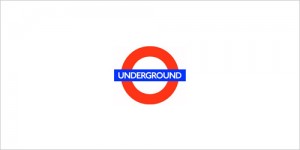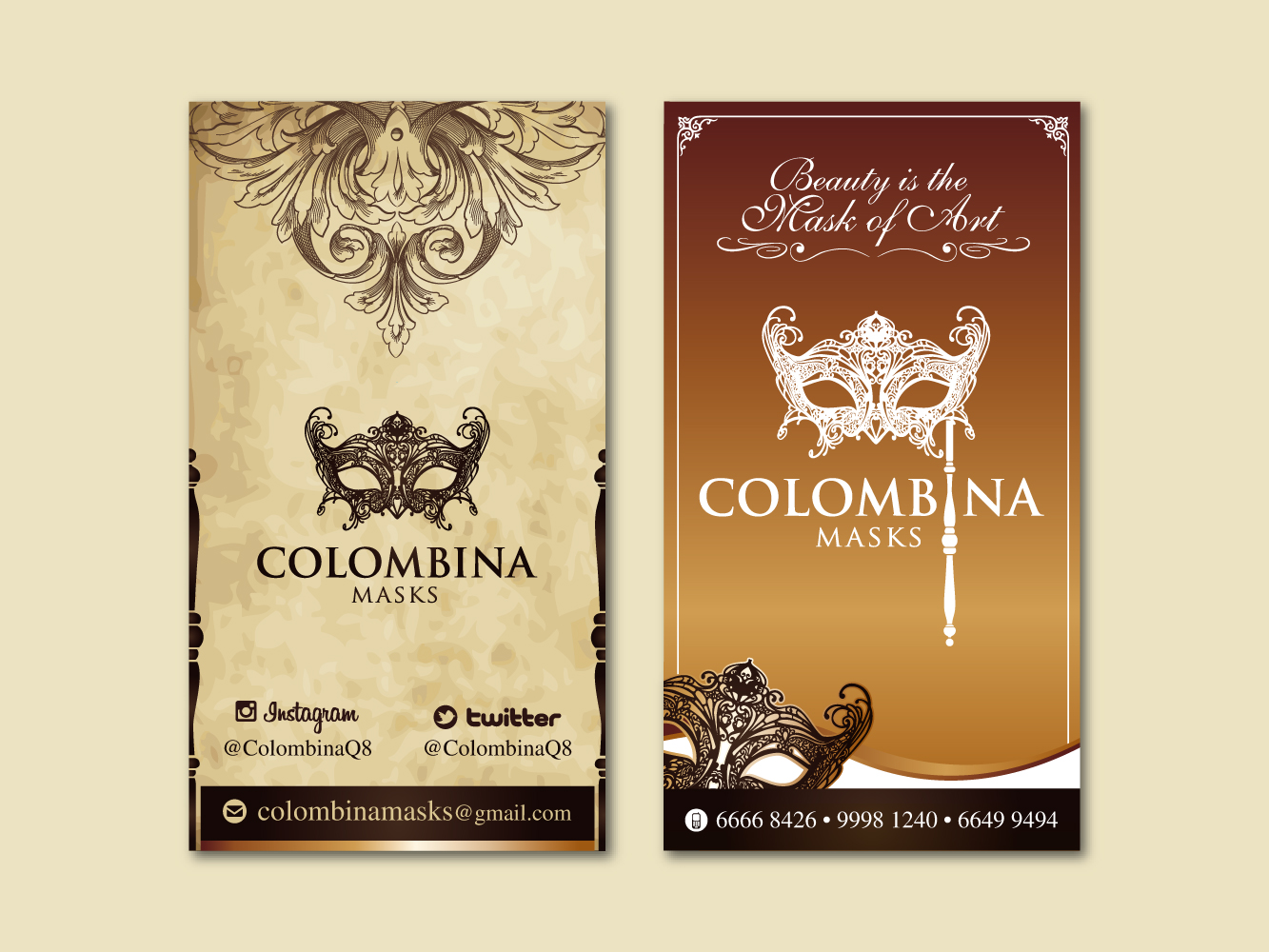 In a previous post we discussed some of the ways you can drastically smooth over the process of creating a logo. We feel this is a vital skill for any designer, as logo work can often be some of the most profitable gigs around. Best of all, the process of creating such a project doesn’t have to be as complicated as you might think. With the right preparation and a few essential tips, you’ll be making masterwork pieces before you know it! With that in mind, here’s part two of our thoughts on how to create an excellent logo design for a client!
In a previous post we discussed some of the ways you can drastically smooth over the process of creating a logo. We feel this is a vital skill for any designer, as logo work can often be some of the most profitable gigs around. Best of all, the process of creating such a project doesn’t have to be as complicated as you might think. With the right preparation and a few essential tips, you’ll be making masterwork pieces before you know it! With that in mind, here’s part two of our thoughts on how to create an excellent logo design for a client!
- Use Tools: Thought it might be tempting to take your art skill sets to programs like Photoshop, where the act of creating an illustration via traditional methods is emulated, we’d really like to discourage you from doing this. In terms of usability, nothing beats vector artwork, especially if the design needs to be scaled up at the end. Get to know Illustrator, as well as the pen tool. If you can master both, as well as a few other vector drawing skills, you’ll be a lot more marketable, and your clients will be well-pleased with the end product.
- Try Some Different Clothes On: Once you’ve got a logo design that absolutely rocks your socks off, try it out in a few different color schemes. If you’ve been using the same set since the beginning, odds are there’s a schema out there that better fits the design, or more accurately describes the tone your clients want. If you’ve been using a program like Illustrator, it’s a simple matter to preserve the original work while playing around with various color designs. You never know what will work, and some of the results may surprise you.
- Add Some Text: On a similar note, try adding some text around your logo. Rare is the logo design that’s left by itself, as most of the time a tagline or two is attached. Does your logo hold-up with neighbors, or does it look too busy? Remember that the end result should serve as a vehicle for your clients business, adding to their brand identity in such a way that your design sticks with the client. A large part of this is integration with other elements, including text.



